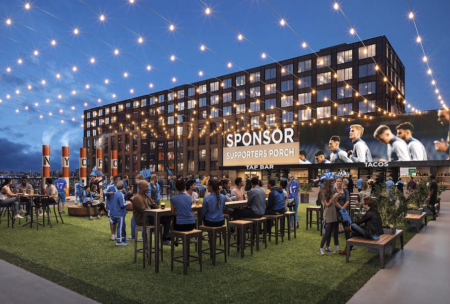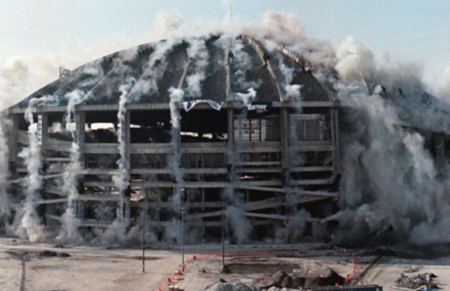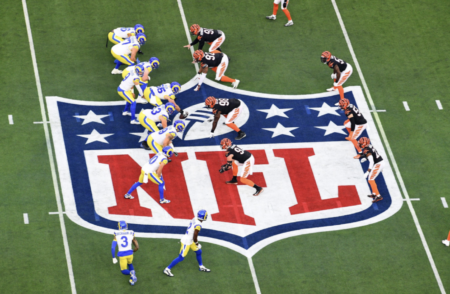In the latest issue of Stadia, we chat to leading sports architects about their latest projects. In our continuing online series, we’re revisiting some of the material that we didn’t have space for in the magazine edition. Here, Stadia speaks to Robert Kennedy, director of Holmes Miller, about a major trend affecting venue design.
Multipurpose facilities feature heavily in a lot of stadium projects. Is it a key trend right now?
Multipurpose remains dominant. Football [or a stadium’s primary sport] becomes something we do once a fortnight. When it’s working hard on a game day, the stadium has to be very efficient, and you have to be able to utilize that efficiency during the week. We did it at the Ricoh Arena [in Coventry, England], which has a huge 1,000-person suite on the top floor, which they don’t fill for the rugby or the football, but they do for civic events. They had the great idea, but then lost the team that could fill it. In terms of that multipurpose use, it strongly leans toward F&B. Less so toward retail, just because [the timing of matches means that retail clients] often lose a Saturday afternoon.
Do you think that stadium models, both for renovating existing facilities and designing new ones, are edging closer to this multipurpose ideal?
It’s something I think everybody is trying to do. Twickenham, for example, is putting in a big hospitality box, because they simply don’t have the space – and you’re better off controlling these kinds of spaces yourselves, rather than getting an outside contractor in.
Above: Holmes Miller director Robert Kennedy.
Is it about stadium projects having to find new sources of revenue?
I think they have to prove themselves, unless of course you’re building the new Chelsea ground. But a sustainable, multipurpose model is certainly increasingly common with a lot of the people we speak to in the UK, for example. We’re talking to a client in Cornwall about a stadium for rugby, and the primary tenant in there is going to be the local college, which will run the hospitality facilities during the week. Getting that sort of blue chip client as a long-term tenant can make a stadium project more feasible.
And architects have a key role in the development of this new trend?
It’s about trying to guide clients in the right direction. Architects are not experts at anything, we just know everything!
April 12, 2017




